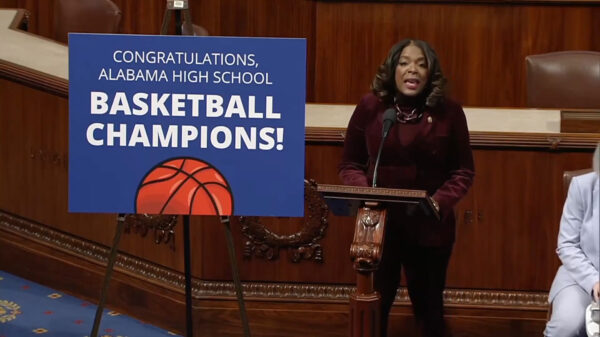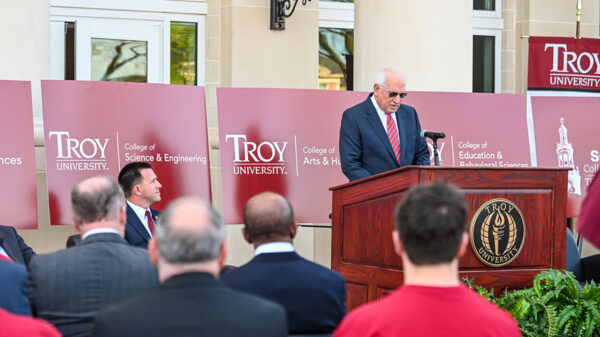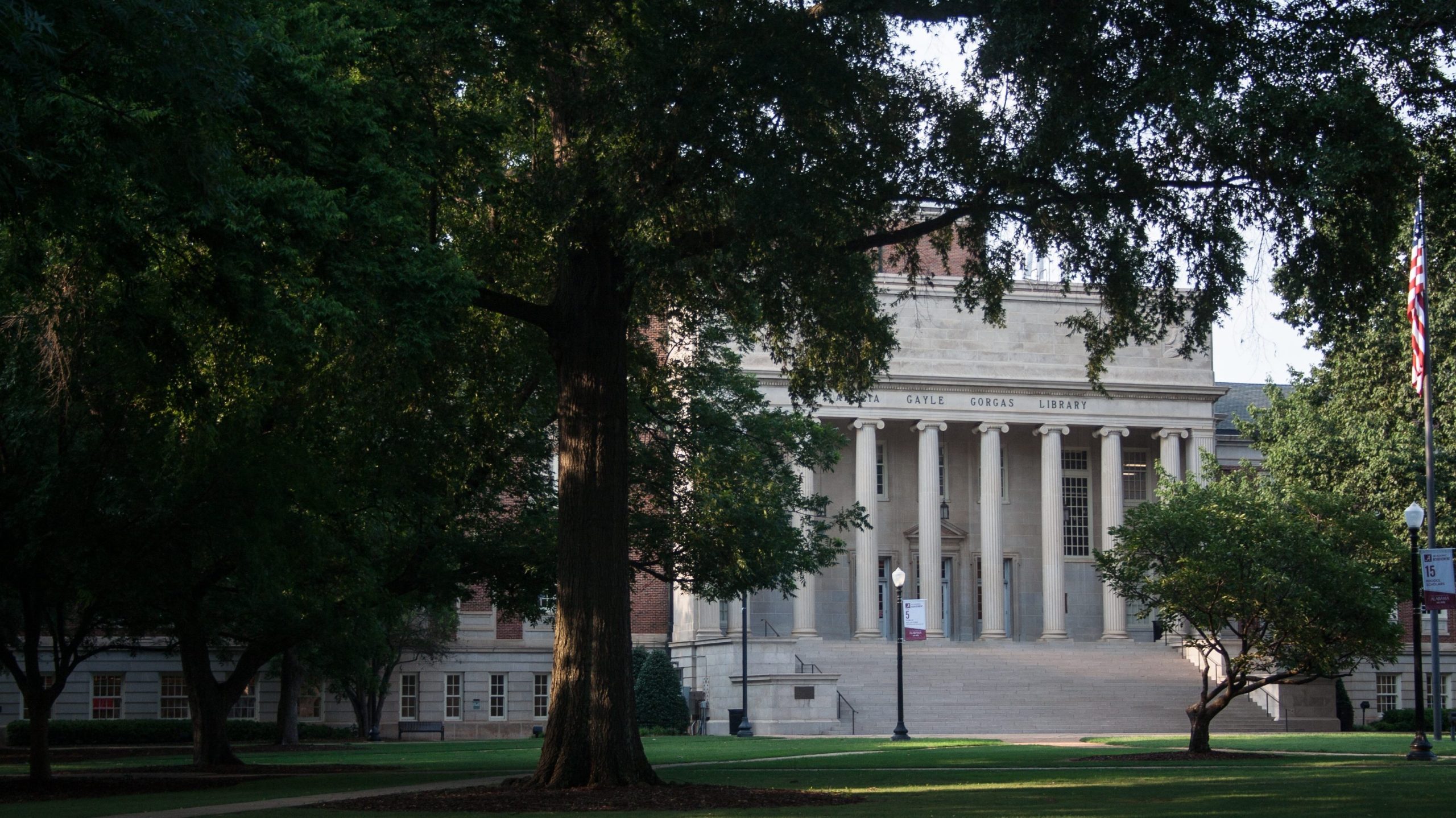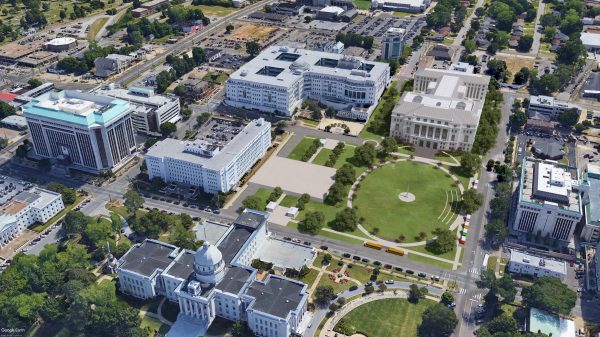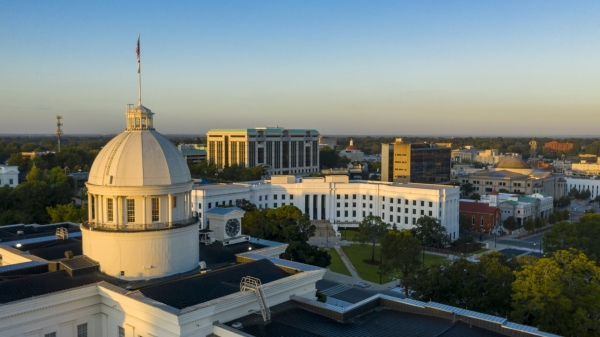The new Carnegie Classification of Institutions of Higher Education is out. Once operated by the Carnegie Foundation, the so-called “Carnegie classifications” are now run by the School of Education at Indiana University.
The classifications are by university type or category: doctoral universities, master’s colleges and universities, baccalaureate colleges, baccalaureate / associate colleges, associate’s colleges, special focus institutions, and tribal universities. When you hear people refer to the coveted R-1 status, they’re referring to a sub-classification within the “doctoral universities” category, which until this year trifurcated into “highest research activity” (R-1), “higher research activity” (R-2), and “moderate research activity” (R-3).
Under this taxonomy, Auburn, Alabama, UAB, and UAH were classified as “Doctoral Universities,” whereas Troy, Samford, Faulkner, Montevallo, and Alabama State were classified as “Master’s Colleges & Universities.” Huntingdon, Stillman, Tuskegee, and Talladega were designated “Baccalaureate Colleges.”
The many universities in Alabama fall into different classifications. I have mentioned only a few universities not to suggest favor or quality, but to illustrate the spectrum of classification possibilities.
Not long ago, I wrote that “Carnegie should drop the phrases ‘highest research activity,’ higher research activity,’ and ‘moderate research activity’ that accompany the R-1, R-2, and R-3 label because they are misleading: the Carnegie rankings do not measure research activity but research expenditure.” Carnegie has corrected this flaw to some extent, relabeling its R-1 and R-2 categories as “Very high research activity” and “High research activity,” respectively—thereby eliminating the “er” and “est” suffixes (in “higher” and “highest”) that indicated the comparative and superlative degree (i.e., that made certain universities sound better than others).
So where do Alabama universities fall in the new 2018 classifications?
Auburn, Alabama, and UAB are the only Alabama universities in the R-1 category. UAH is an R-2. Troy, Faulkner, Montevallo, and Alabama State remain “Master’s Colleges & Universities.” Tuskegee entered that category. Samford is now classified under the heading “Doctoral / Professional Universities” that did not exist in earlier classifications. This category accounts for professional-practice degrees like juris doctorates or medical degrees.
Huntington, Stillman, and Talladega remain “Baccalaureate Colleges.”
If you’re curious about the classification of your alma mater or favorite Alabama university, you can search the listings here.
It would be a mistake to treat these classifications as a hierarchal ranking of quality. They are, rather, descriptive differentiations that inform the public about the size and spending of universities. The only category in which universities receive something like a vertical ranking is “Doctoral Universities,” which tier universities according to their alleged “research activity.”
Eric Kelderman points out that “critics wonder whether going for more research money and a higher Carnegie classification really has more to do with elevating institutional image, and comes at the expense of academic quality—particularly for undergraduates.” This is a profound concern.
The Carnegie classifications could incentivize malinvestment in doctoral degrees and number of faculty members. The job market for humanities faculty is shrinking while the number of humanities doctorates is rising, but to achieve their desired Carnegie classifications, universities continue to churn out humanities Ph.Ds. who have diminishing chances of landing tenure-track positions.
The Carnegie classifications don’t measure research quality, either. One university could spend millions on research with negligible outcomes while another could spend little on research yet yield high-quality, groundbreaking scholarship.
The Carnegie classifications are not perfect, but they command attention among administrators in higher education and can involve public funds. For that reason alone, anyone who has a stake or interest in a university in Alabama should pay attention too.
Allen Mendenhall is associate dean at Faulkner University Thomas Goode Jones School of Law and executive director of the Blackstone & Burke Center for Law & Liberty. Visit his website at AllenMendenhall.com.























